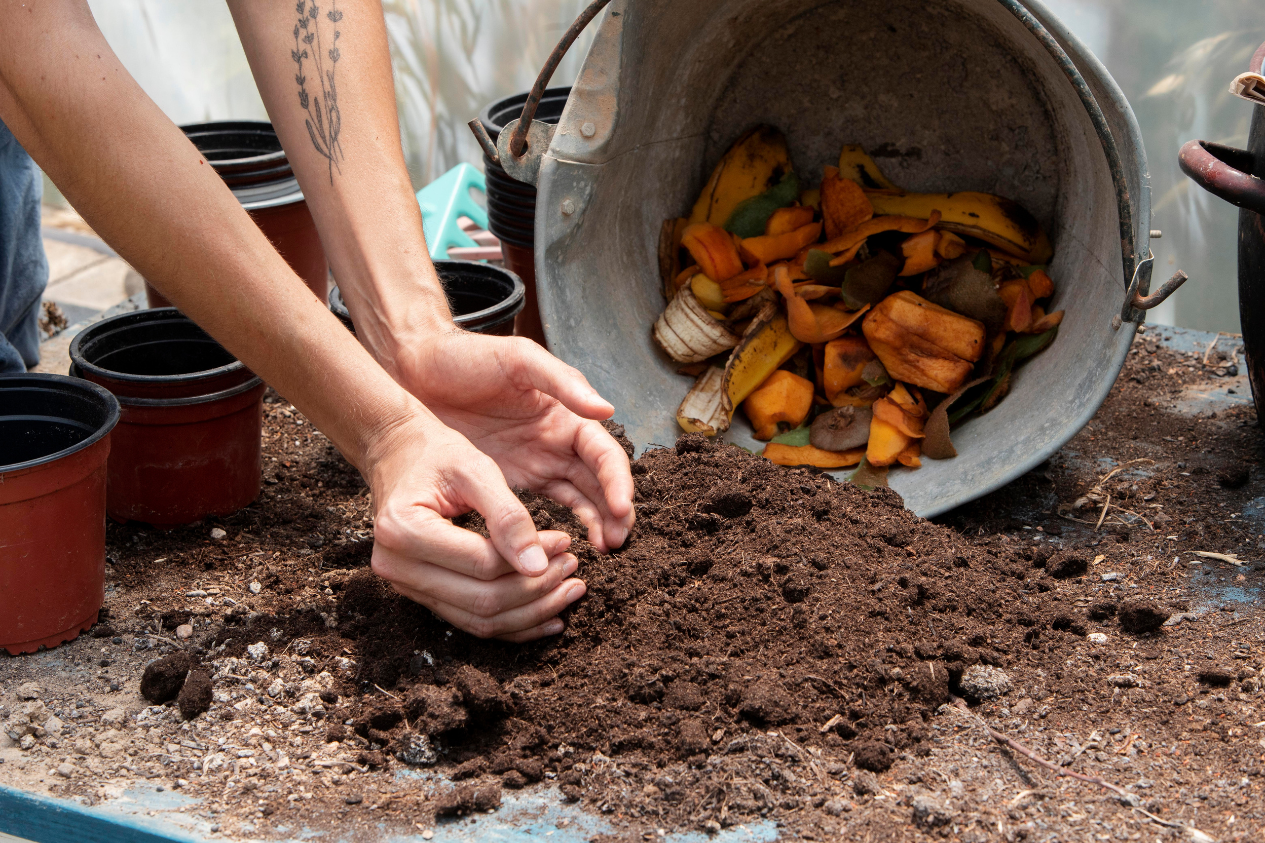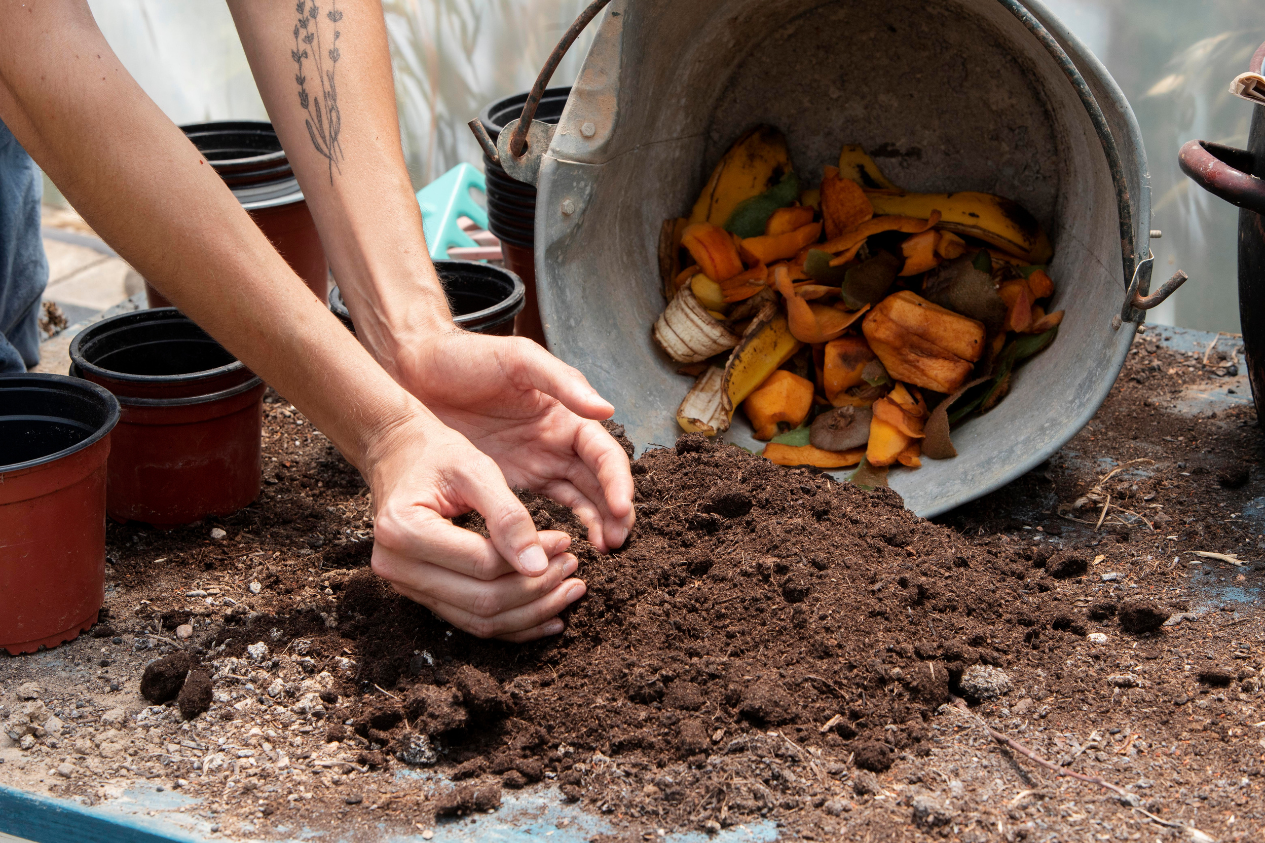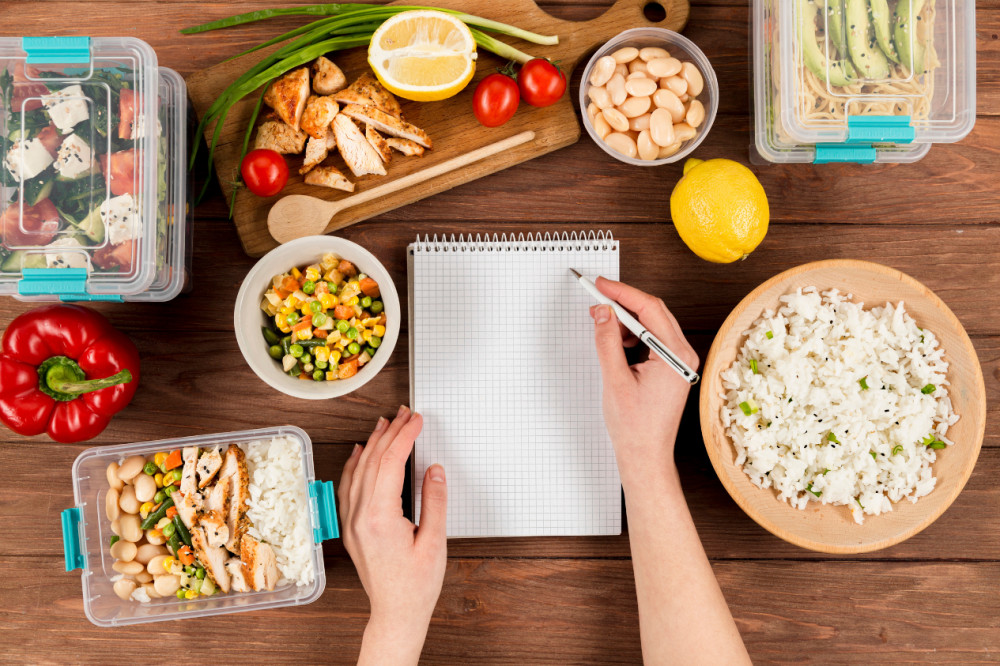
Reducing Food Waste in Indian Households: Sustainable Practices and Recipes

India is a paradoxical and abundant country. Fresh produce, aromatic spices, and steaming treats abound in our markets on one side. However, every year, almost 68 million tonnes of food—enough to feed millions of hungry people—are wasted. A large portion of this waste occurs in the Indian home kitchen, which is the centre of our culture, rather than in stores or dining establishments.
This blog explores how Indian households can reduce food waste through sustainable practices and even transform leftovers into delicious recipes.
Why Food Waste Matters in India
- Environmental Impact: Methane emissions from food waste in landfills exacerbate global warming.
- Economic Loss: Money spent on groceries, fuel, water, and electricity is wasted when food is wasted.
- Ethical Concern: Throwing food is more than just carelessness; it is a moral dilemma, as millions of Indians still go to bed hungry.
- Cultural Disconnect: "Zero waste" cooking was once a common practice in traditional Indian homes. Although modern lifestyles have undermined those habits, they can be intentionally restored.
Every Day Sustainable Kitchen Practices for Indian Kitchens
1. Smart Purchasing
- Create weekly menus: Before you buy, make a note of what you already have in your pantry.
- Purchase seasonal and local products to save money, extend their lifespan, and cut down on waste from transportation.
- Steer clear of buying perishables in bulk: Half a kilogram of spinach will wilt in three days, so buy it by the half-kilogram instead.
2. Appropriate Storage
- Vegetables should be stored in cloth bags to retain moisture and avoid rotting.
- Using paper towels to store greens prolongs their freshness.
- Grain and pulse storage in airtight jars minimises waste and keeps insects out.
3. Mindful Cooking
- Cooking in smaller portions - rice, dal or curries
- Reusing boiled water from pasta or vegetable stock
- Understanding expiry labels - ‘Best Before’ is not the same as ‘spoiled’
4. Creative Leftovers
- Last night’s chapati becomes this morning’s masala roll.
- Extra rice becomes curd rice, lemon rice, or tikkis.
- Dal turns into parathas or a hearty soup base.
Recipes to Revive Leftovers
1. Chapati Masala Noodles
Ingredients for Chapati Masala Noodles:
- 4–5 leftover chapatis
- 1 onion (sliced)
- 1 tomato (chopped)
- 1 capsicum (sliced)
- 2 green chillies (slit)
- 1 tsp ginger-garlic paste
- 1 tsp red chilli powder
- ½ tsp turmeric powder
- 1 tsp garam masala
- 1 tbsp oil
- Salt to taste
- Fresh coriander for garnish
Method for Chapati Masala Noodles:
- Cut the leftover chapatis into thin strips to resemble noodles.
- Heat oil in a pan, add onions, green chillies, and sauté till golden.
- Add ginger-garlic paste, tomatoes, and capsicum. Cook until soft.
- Add turmeric, chilli powder, and garam masala. Stir well.
- Toss in the chapati strips and mix until they soak up the masala.
- Garnish with coriander and serve hot.
Chapati Masala Noodles not only reduce food waste but also double as a quick breakfast or evening snack. Kids especially love Chapati Masala Noodles as a fun alternative to regular noodles.
2. Curd Rice with Leftover Rice
Ingredients for Curd Rice with Leftover Rice:
- 2 cups leftover rice
- 1 cup thick curd (yoghurt)
- ½ cup milk
- 2 green chillies (chopped)
- 1-inch ginger (grated)
- 1 tsp mustard seeds
- 1 tsp urad dal
- Curry leaves (6–8)
- 2 tsp oil
- Salt to taste
Method for Curd Rice with Leftover Rice:
- Mash the leftover rice lightly and mix with curd and milk until creamy.
- Add salt and adjust consistency (thick or thin, as you prefer).
- In a small pan, heat oil. Add mustard seeds, urad dal, curry leaves, chillies, and ginger. Let it crackle.
- Pour this tempering over the rice-curd mixture.
- Mix well and serve chilled, garnished with coriander or pomegranate seeds.
Curd Rice made from leftover rice is not only sustainable but also incredibly soothing for the stomach. It’s an ideal way to repurpose rice from last night’s dinner into a refreshing dish the next day.
3. Dal Parathas from Leftover Dal
Ingredients for Dal Parathas from Leftover Dal:
- 2 cups whole wheat flour
- 1 cup leftover dal (any variety)
- 1 tsp ajwain (carom seeds)
- 1 tsp red chilli powder
- Salt (adjust if dal is already seasoned)
- Ghee or oil for roasting
Method for Dal Parathas from Leftover Dal:
- Mix wheat flour, leftover dal, ajwain, and chilli powder. Knead into a soft dough. Add a little water if needed.
- Rest the dough for 15 minutes.
- Roll out parathas and roast on a hot tawa with ghee or oil until golden brown on both sides.
- Serve Dal Parathas hot with achar or fresh curd.
Dal Parathas are a wonderful way to make use of leftover dal while ensuring breakfast is both nutritious and tasty. Dal Parathas also stay soft for long hours, making them perfect for lunch boxes.
4. Vegetable Peel Thoran (Stir-Fry)
Ingredients for Vegetable Peel Thoran:
- Peels of 2–3 vegetables (lauki, ridge gourd, carrot, etc.)
- ½ cup grated coconut
- 2 green chillies
- ½ tsp turmeric powder
- 1 tsp mustard seeds
- 1 sprig of curry leaves
- 2 tsp coconut oil
- Salt to taste
Method for Vegetable Peel Thoran:
- Wash and finely chop the vegetable peels.
- Grind coconut, green chillies, and turmeric into a coarse paste.
- Heat the coconut oil, add mustard seeds and curry leaves. Let them splutter.
- Add the chopped peels and sauté for 3–4 minutes.
- Add the coconut paste and cook for another 5 minutes.
- Serve hot with rice or roti.
Vegetable Peel Thoran is a brilliant zero-waste recipe, turning discarded peels into a crunchy, flavorful side dish. The freshness of coconut makes Vegetable Peel Thoran an unforgettable dish.
5. Bread Poha with Stale Bread
Ingredients for Bread Poha with Stale Bread:
- 6–7 slices of stale bread
- 1 onion (chopped)
- 1 tomato (chopped)
- 2 green chillies (chopped)
- 1 tsp mustard seeds
- ½ tsp turmeric powder
- 1 tsp lemon juice
- Curry leaves (optional)
- Oil and salt to taste
Method for Bread Poha with Stale Bread:
- Tear stale bread into small bite-sized pieces.
- Heat oil, add mustard seeds, curry leaves, onions, and sauté until golden.
- Add tomatoes, chillies, turmeric, and salt. Cook till the tomatoes soften.
- Toss in bread pieces and mix until coated with masala.
- Sprinkle lemon juice and serve hot.
Bread Poha gives stale bread a second life as a vibrant snack. Bread Poha is also a great evening treat with tea.
6. Rice Pakoras from Leftover Rice
Ingredients for Rice Pakoras from Leftover Rice:
- 2 cups leftover rice
- 1 cup besan (gram flour)
- 1 onion (chopped)
- 2 green chillies (chopped)
- 1 tsp ajwain
- 1 tsp red chilli powder
- Salt to taste
- Oil for frying
Method for Rice Pakoras from Leftover Rice:
- Mix leftover rice, besan, onions, chillies, ajwain, chilli powder, and salt. Add a little water to form a thick batter.
- Heat oil in a kadhai. Drop spoonfuls of batter into hot oil.
- Fry until golden and crisp. Drain on tissue.
- Serve Rice Pakoras with green chutney or tomato ketchup.
Rice Pakoras are a fantastic way to repurpose leftover rice. The crunchiness and spice make Rice Pakoras irresistible during rainy evenings.
7. Fruit Peel Chutney
Ingredients for Fruit Peel Chutney:
- Peels of 2 mangoes or 2 oranges
- 2 tbsp jaggery
- 2 dried red chillies
- 1 tsp mustard seeds
- 1 tsp tamarind paste (optional)
- Salt to taste
Method for Fruit Peel Chutney:
- Boil fruit peels in water until soft. Drain excess water.
- Blend boiled peels with jaggery, tamarind paste, and red chillies into a smooth paste.
- Heat oil, add mustard seeds, and temper the chutney.
- Store in a clean jar and refrigerate.
Fruit Peel Chutney is a unique way to turn waste into taste. Whether made with mango peels or orange peels, Fruit Peel Chutney pairs beautifully with rice, parathas, or snacks.
Making yesterday's meal into today's star dish is one of the most fun and efficient ways to reduce food waste in Indian homes. The comprehensive recipes that follow will assist you in transforming your leftovers into colourful, delectable plates.
Download Foodism and share your creation with leftovers!!!




